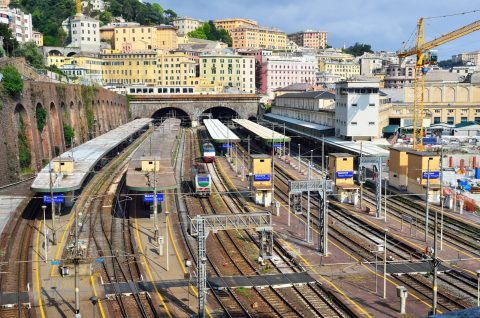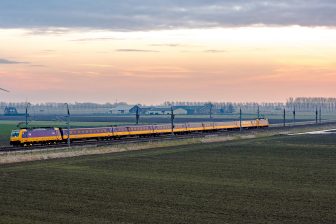
Analysis
A new era for Italian rail infrastructure?
Tracks at Genova Piazza Principe station in Italy.
The Italian FS Group recently presented its industrial plan for the coming decade. Record numbers show the commitment and the long-term vision adopted. Will this be the long awaited infrastructural shock, or just a utopian grand plan?
Want to read more?
You have read all of your free premium articles for this month. Please become a subscriber to keep reading.
Subscribe now!
Take advantage of our exclusive offer to get full access to all premium content.




“A new era” will call for investments, however not for “cementing”, at “state of the art”, but for a “New Old railway”.
Compare, how the global devices, by air and by sea, for sake of lower costs, upgrade for higher load capacity!
Current 22,5 ton, standard, has to be shifted out. 32,5 now should be min. Resilency (robustness), readiness for ensured performance has to be ensured!
(Electrification, yes, but not a vulnerable, but a robust, etc., etc.)
I wonder if new night train rolling stock is part of the investment plan, and if yes, if that includes such trains that are capapable to operate on the LGV network in France for connections like Paris – Rome and Amsterdam – Milan. Domestic operations (operating on the north-south high speed rail for some part of the route) and links on mixed-use railpaths to Switzerland, the Rhine area in Germany and to Berlin would also be meaningful.